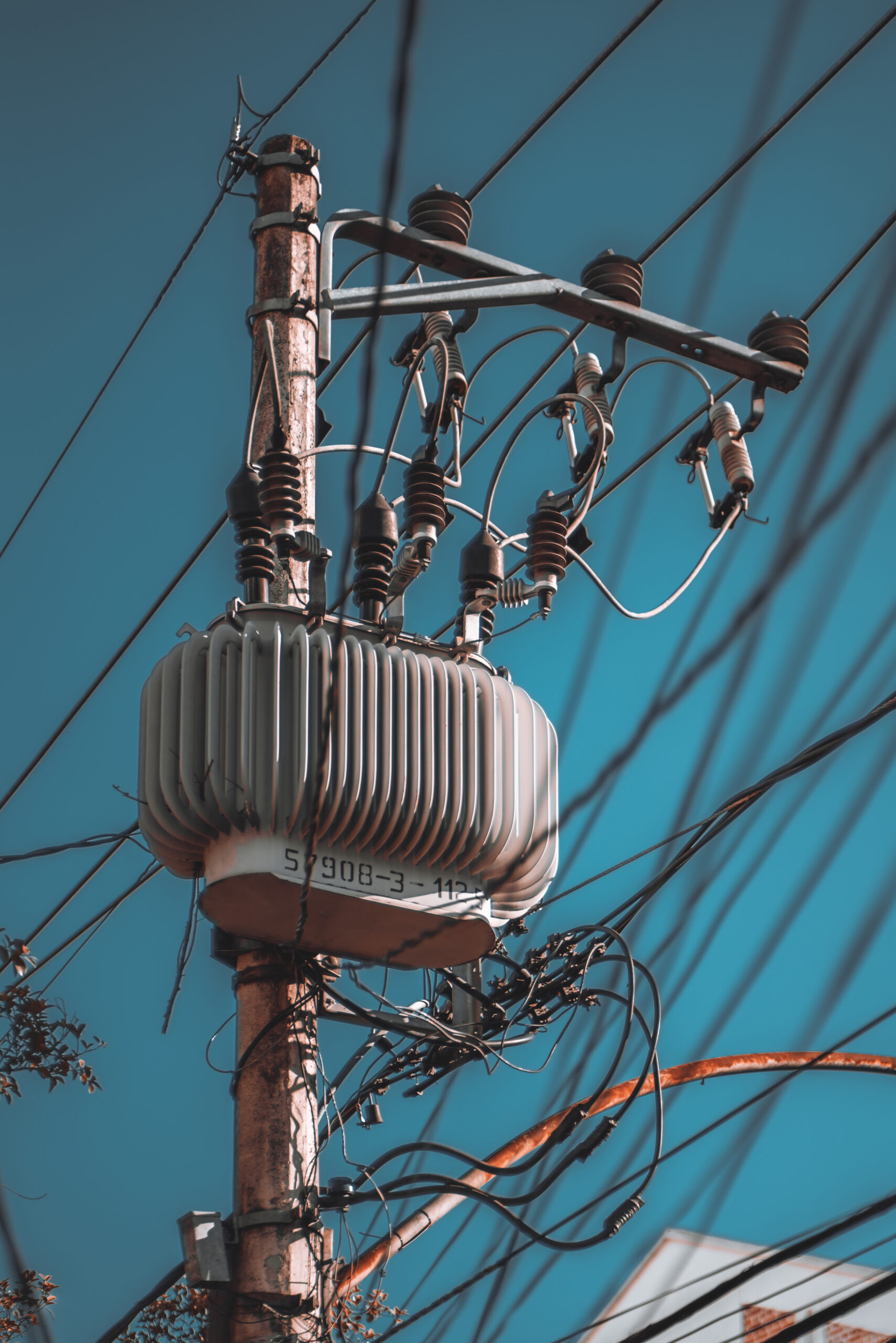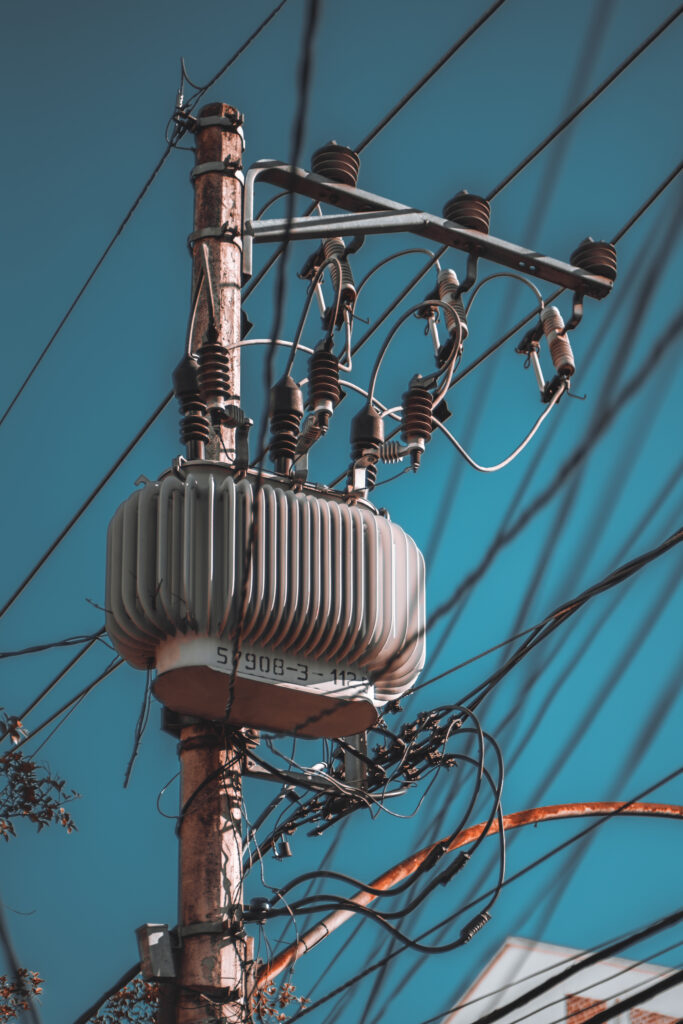
Transformers are vital parts of urban electrical systems, working as the main elements that facilitate the proper distribution of current from power stations to housing and business premises. These gadgets, typically placed on electric posts within the city, step down the high voltage in the electrical system to levels appropriate for normal use, reducing power loss and enhancing safety.
You can find everything you want to know about these transformers in this article.
The Backbone of Urban Electricity
Although they do not attract direct attention, pole transformers have a fundamental role in the functioning of cities. They supply many important services and structures, from street lighting to high-rise buildings, and ensure the dynamism and vitality of city life. Their operation, based on electromagnetic induction, allows the safe and efficient transmission of electricity over long distances, making them indispensable in densely populated areas.
Pole transformers, which form the backbone of the energy infrastructure of cities, convert electricity into different voltage levels and deliver it to every point of the city. In this way, the energy needs of every place, from industrial facilities to homes, are met. Additionally, the ability of a power pole transformer to deploy backup power sources during emergencies or outages ensures continuity of critical services.
Pole transformers have become more efficient and environmentally friendly with technological developments. With higher efficiency and lower energy losses, modern transformers contribute to energy saving and sustainability. Additionally, by integrating with smart grid technologies, their ability to monitor and manage energy flow has been increased.
Ensuring Reliability
Direct transformers in cities are made of durable materials to withstand various weather conditions and environmental influences. They operate reliably, protected from moisture, temperature changes and other external factors by their oil-filled housings and protective coatings. However, they need regular maintenance and updates due to natural wear and use over time.
Regular maintenance optimizes the performance of direct transformers and extends their life. These maintenance operations include checking oil levels, insulation tests, parts replacement and general system inspection. Periodic updates and modernizations are also required to comply with technological advances and security standards.
Transformer Technology and Urban Development
Ongoing research and development efforts in transformer technology are vital for sustainable urban development. Progress in this sphere can help in the integration of renewable energy sources and in the development and evolution of cities, by improving the quality and stability of the power grid.
Transformer technology improvements allow for the flexibility, reliability and environmental friendliness of the electricity infrastructure in cities. It also makes significant contributions to urban sustainability by reducing energy costs and reducing carbon emissions.
Maintenance and Servicing
In essence, pole transformers are the backbone of cities` electrical systems hence providing the traditional low voltage electricity to high voltage to enable its distribution to customers for balance demand and management of complex power leaks. These processes will facilitate the success of cities and should be implemented to provide them with non-stop power. As cities continue to grow and evolve, the role of these transformers, and the expertise of companies like Wilken Service Pty Ltd in maintaining them, will only become more crucial.

